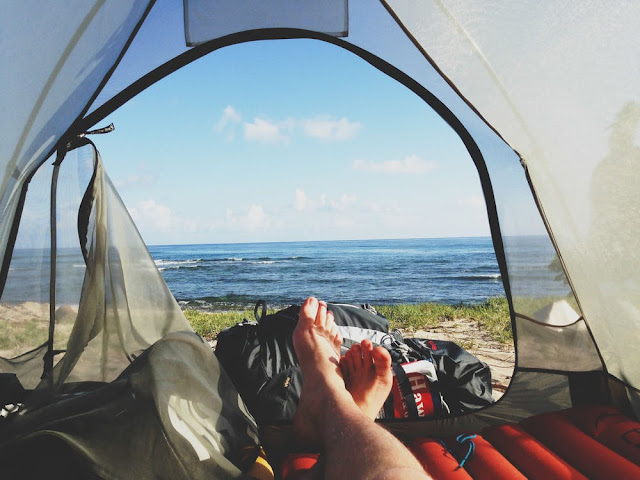Going deep into the woods or taking a solo trek in the mountains offers a much needed respite to those looking to break away from everyday life. The mountains not only offer a refreshing retreat to campers, hikers, hunters, photographers and birdwatchers, they’re also relatively less crowded - the tough terrain keeps weekend picnickers away, preserving the sanctity of the place.
If you spend a lot of your leisure time in outdoor activities, you know how important it is to leave home with the right equipment. Preparation is the cornerstone of a successful outdoor experience, and planning for contingencies is a part of the deal.
Why two-way radios?
Anyone who’s spent considerable time navigating the wilderness is familiar with the common problem of poor cellphone reception. And seasoned adventure-seekers know well the importance of having at least one line of communication to keep in touch with fellow adventurers or to reach out for help.
While satellite phones are a great option to stay in contact with the world from a remote location, their pricing is a deterrent for most people—which is why two-way radios continue to remain the most popular choice when it comes to maintaining contact in hilly terrains. They’re affordable and easy to use, and the newer models, such as those available at https://wetlandtools.com, come equipped with a whole lot of cool new features.
Key features you should consider when buying a two-way radio
Design
Two-way radios come in three styles: mobile radios that can be mounted onto your vehicle and provide greater range and power; hand-held devices that can you can carry on your person on a hiking or hunting trip; and base station radio systems that can be placed in, say, your camp or cabin.
Power (wattage)
The wattage of two-way radios ranges between 0.5 and 5 watts. Higher wattage usually means a greater signal range, more powerful signal, and longer battery life. Typically, a one-watt radio provides a signal range of one mile in an area with obstructions, but it could broadcast up to 10 miles from, say, a mountaintop if there are no obstructions in its path.
To make an informed decision, take a look at https://wetlandtools.com/best-two-way-radios-for-mountains/ for in-depth information about some of the best two-way radios on the market.
Range
Range is the second most important factor to consider when buying a two-way radio. Don’t go by the range stated by the manufacturer, as that range is possible in ideal conditions with no obstructions. In the mountains, you’ll usually get a much smaller range than advertised. Generally, a two-watt radio with a long antenna should give you a range of about two miles in the mountains. Read reviews and learn more about the true range of a model before buying one.
Battery life
When you’re out in a far-off location with only one way to communicate with the world, you need to have a radio with a long battery life. Carrying extra batteries may be a good idea if you’re going to be out for long.
Gregory Link is a writer at SubmitCore and works extensively with the content team. He was a senior journalist who has contributed to content for magazines, newspapers, and blogs.






No comments:
Post a Comment